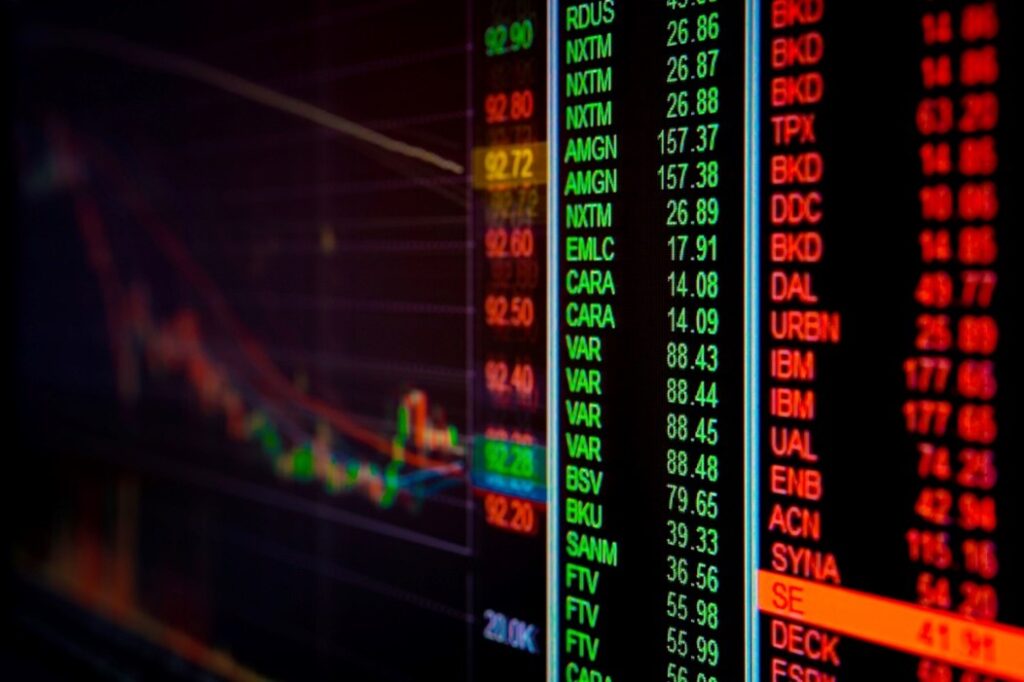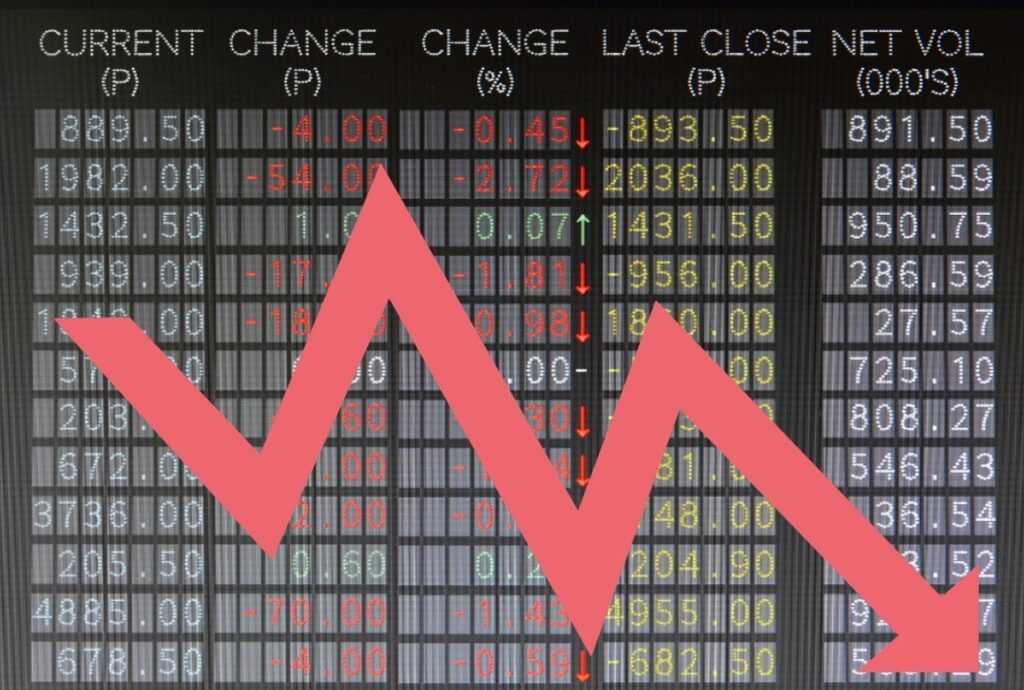Understanding Market Volatility: Strategies for Staying Calm in Turbulent Times

Volatility — the measure of dispersion of returns for a given security or market index—is inherent to investing. During periods of heightened volatility—when securities and indexes may rise or fall dramatically—investors often can feel overwhelmed and lose sight of best practices for decision-making. Nadine Terman of Solstein Capital shares a few simple but important lessons to consider during more turbulent times, as we are experiencing with global markets currently.
Watch Key Volatility Metrics
Nadine Terman of Solstein Capital explains that two key volatility metrics to watch are the VIX and the MOVE indexes. They gauge market risk and investor sentiment for US equities and Treasuries, respectively, which can help investors understand a general temperature of the market environment.
The VIX is a real-time index that investors often use to gauge market sentiment and risk of the S&P 500 Index over the coming 30 days. The VIX was created by the CBOE Options Exchange, and it is an important index in the world of trading and investment because it provides a quantifiable measure of market risk and investor sentiment based on options prices. The VIX typically rises when US equity market volatility rises and the S&P declines, and the VIX declines when volatility subsides, and the S&P rises.
The MOVE Index measures Treasury rate volatility, also through options pricing, and is widely considered to represent the bond market “fear gauge”. Created in 1988, MOVE stands for “Merrill Lynch Option Volatility Estimate”. The MOVE Index rises when Treasury volatility rises.
Invest for the Volatility Environment
Nadine Terman of Solstein Capital shares that individuals should adjust their strategy according to the volatility environment. For example, during a high volatility environment, when the VIX Index and the MOVE Index are high, investors should expect prices to move more dramatically. Thus, if an investor has a short-term horizon, it would be difficult to have conviction with entry and exit prices. Traditional fundamental and technical signals may be less useful to investors in high volatility periods because the prices are moving more dramatically overall. Yet in a lower volatility environment, investors can have greater conviction in fundamental and technical signals playing a greater role in an investment’s results, as the broader market’s volatility is not affecting an individual position’s price as much.
Gauge Volatility Levels
Nadine Terman of Solstein Capital outlines a few simple brackets of volatility to consider when investing. For example, when the VIX Index is below 20, investors can have greater conviction in their US equity investment decisions based on macro, fundamental, and technical signals. When the VIX Index is between 20 and 30, investors should proceed with greater caution, as the volatility of the market introduces additional risk outside of traditional risks associated with a security’s price. Above 30, the VIX makes it much more challenging for investors to gain conviction using traditional metrics and tools, and thus often it can make sense to wait until the volatility environment has improved. That said, Nadine Terman of Solstein Capital mentions that it can be a great time for non-consensus investors to add positions to a portfolio during periods of extremely high volatility, when most other market participants are very scared and may have oversold their positions. But investing with a non-consensus framework requires a greater understanding of risk management because of the heightened risk during periods of high volatility.

Compare Volatility Levels
Another useful exercise, according to Nadine Terman of Solstein Capital, is to review and compare the VIX and the MOVE Indexes. Historically, there is a correlation between bond and equity markets, given the impact of interest rates on both. When interest rates go up, as they did in 2022, bond and equity prices generally fall. When interest rates move lower, both bond and equity prices tend to increase.
Assess and Manage Risk
Overall, Nadine Terman of Solstein Capital cautions that investors need to remain aware of the investment environment they are in—not just the one they want. So, when volatility increases, and the potential risk increases for investments, individuals should assess and manage risk in their positions and portfolios more proactively.